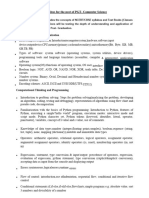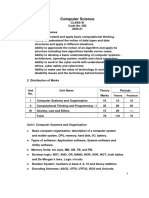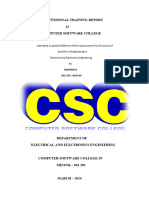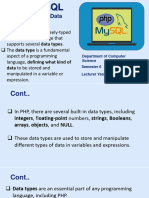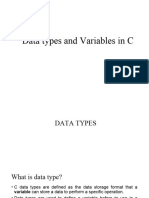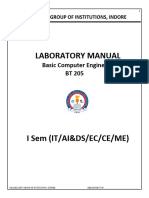0% found this document useful (0 votes)
38 views9 pagesTechtipnow in Python Revision Tour Class 12 Notes ...
The document provides comprehensive notes on Python programming for Class 12, covering fundamental concepts such as variables, data types, operators, and control flow. It includes detailed explanations of Python's features, execution modes, and data structures like lists, tuples, and dictionaries, along with examples for clarity. The content is designed to help students build a strong foundation in Python programming and includes practical coding examples and operations.
Uploaded by
nikunjarora1234ttCopyright
© © All Rights Reserved
We take content rights seriously. If you suspect this is your content, claim it here.
Available Formats
Download as PDF, TXT or read online on Scribd
0% found this document useful (0 votes)
38 views9 pagesTechtipnow in Python Revision Tour Class 12 Notes ...
The document provides comprehensive notes on Python programming for Class 12, covering fundamental concepts such as variables, data types, operators, and control flow. It includes detailed explanations of Python's features, execution modes, and data structures like lists, tuples, and dictionaries, along with examples for clarity. The content is designed to help students build a strong foundation in Python programming and includes practical coding examples and operations.
Uploaded by
nikunjarora1234ttCopyright
© © All Rights Reserved
We take content rights seriously. If you suspect this is your content, claim it here.
Available Formats
Download as PDF, TXT or read online on Scribd
/ 9

























